I just finished reading a marvelous book, called Soprano on Her Head: Right-Side-Up Reflections on Life and Other Performances, by Eloise Ristad. My piano professor recommended I read this book during a lesson when we were discussing performance anxiety (which I experience frequently, I must admit).
In this easy-to-read, humorous book, Ristad shares her experiences and ideas gained through teaching/coaching musicians and leading performance anxiety workshops. The book contains 16 chapters, each of which is self-contained (thus the chapters can be read in any order). I would recommend this book to any music teacher or musician looking for light reading that is useful and humorous — especially to anyone seeking to become more knowledgeable in ways to deal with performance anxiety.
Some things that struck me the most in this book:
- When musicians perform, they sometimes allow the “judges” in their head to talk and increase their nervousness. Ristad discusses ways to get beyond these judges and perform with less anxiety.
- Ristad discusses the close connection between music and movement. She also mentions how movement is much more adequate when describing music than words are. Just think how much time and energy we could save during lessons if we used fewer words and more movement to communicate to the student!
- When it comes to practicing, quality beats quantity. That is, it is more important that we as musicians practice effectively, with more awareness, than that we spend 6 hours a day locked up in a practice room. Ristad mentions some specific ways how make practice time more effective.
- Ristad speaks of enjoying the journey, not just the destination. I am so guilty of this. The end performance isn’t everything. The whole process of taking piano lessons would be SO much more enjoyable if I enjoyed the time spent learning my pieces too. Besides, doing this makes it so that you’ve already “won”, whether or not the actual performance goes well or not.
- Once during a lesson with a student who had struggled with reading music for years, Ristad impulsively turned the music on its side, so the staff was vertical. A light bulb turned on in the students mind, and suddenly everything her past teachers had told her about intervals and up/down on the keyboard made sense. If you think about it, a vertical staff makes more sense because each line/space can easily be correlated with the piano keys when you glance down. Interesting . . . I may have to try this on a few of my students sometime.
- Ristad discussed the value of visualizing. It may be valuable to learn piano music away from the piano, by studying the score and visualize yourself playing it on the piano. This is a good memorizing technique as well.
- I appreciated Ristad’s perspective upon technique. It’s easy to become sold by a particular technique for playing the piano, especially after reading amazing conversion stories by influential musicians. But is there really ONE correct way? I prefer learning what I can from ALL the different techniques I encounter, and incorporating small bits of each one into my own methodology.
I highly recommend this book to anyone looking for fun ideas to use in private or group lessons, or to any fellow musician who experiences performance anxiety. It was an incredibly enjoyable book to read.
My rating: 5 stars (out of 5 stars)
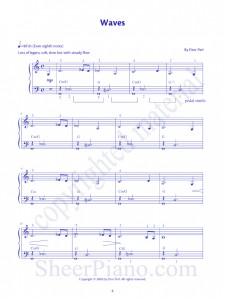
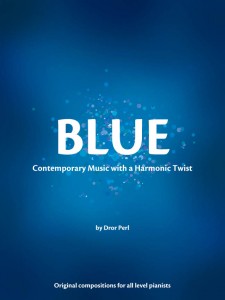 Tell us a little bit about yourself.
Tell us a little bit about yourself.

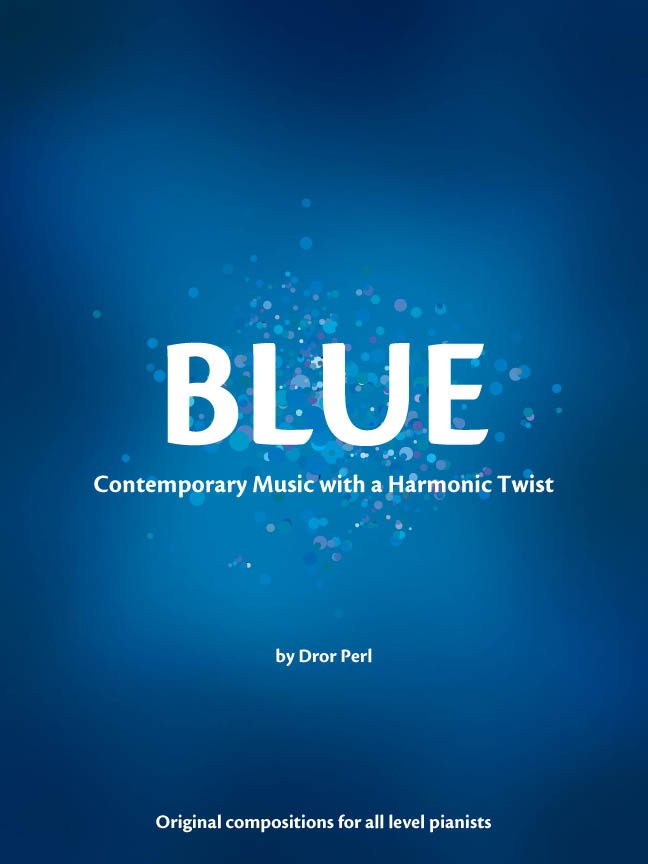

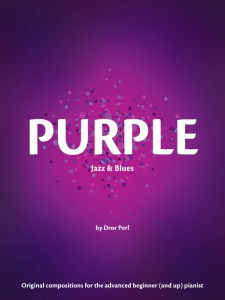

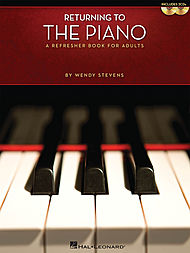
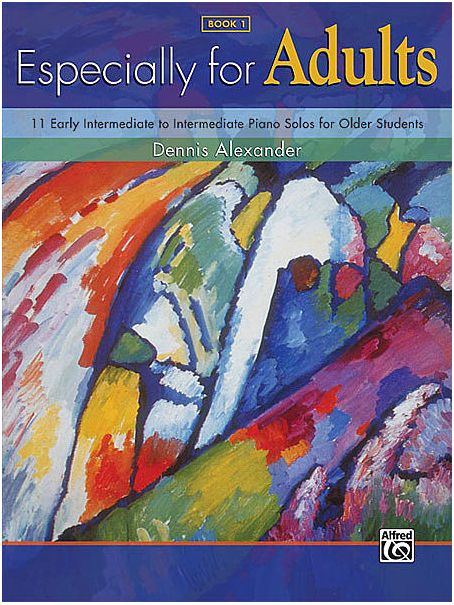
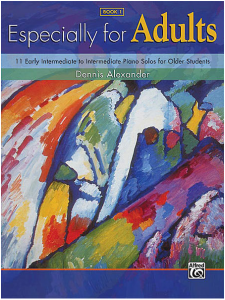
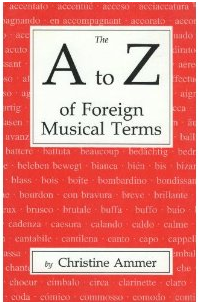
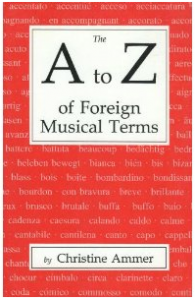 Book Review:
Book Review: